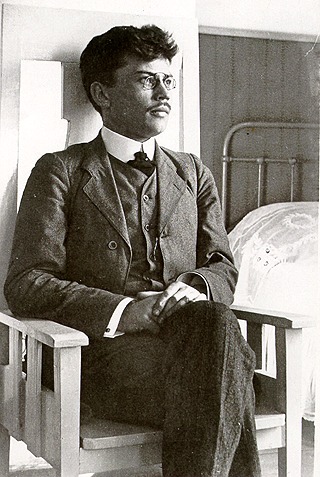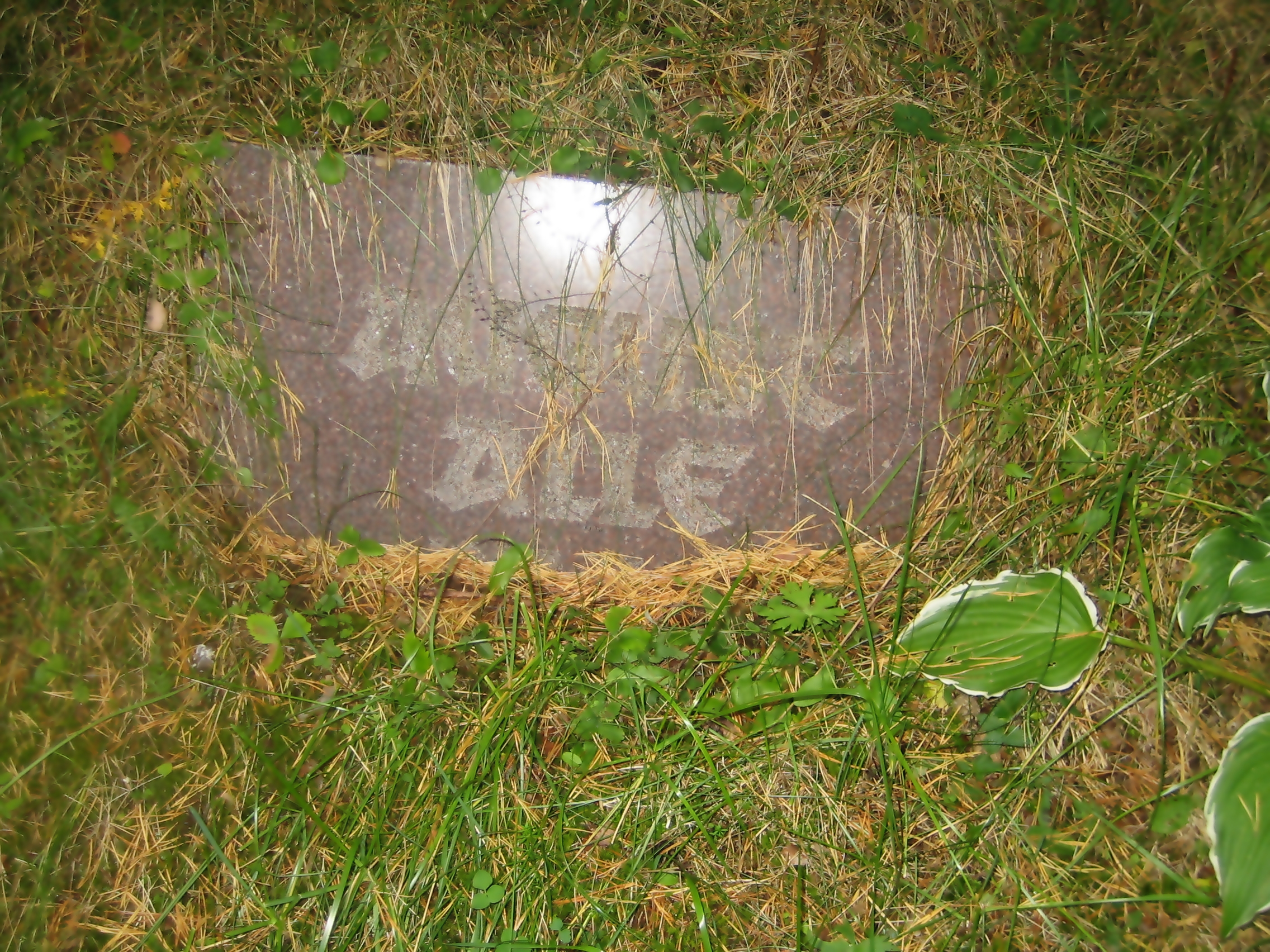|
Siuru
The Siuru literary movement, named after a fire-bird in Finnic mythology, was founded in 1917 in Estonia.Jean Albert Bédé, William Benbow Edgerton, ''Columbia Dictionary of Modern European Literature'', Columbia University Press, 1980, , p237Rubulis, Aleksis. ''Baltic Literature.'' University of Notre Dame Press,1970. It was an expressionistic and neo-romantic movement that ran counter to the Young Estonia formalist tradition. Members Along with the founder August Gailit, the movement included the following young poets and writers: Marie Under, Henrik Visnapuu, Johannes Semper, Friedebert Tuglas, Peet Aren, Otto Krusten, and Artur Adson. Between 1917 and 1919, Siuru published three volumes of poetry. 1919 led to conflicts within the group. Visnapuu and Gailit left, while Johannes Barbarus and August Alle joined as new members. Program The members of Siuru had an affinity with futurism and Impressionism. Their poetry was often seen as scandalous due to their erotic natur ... [...More Info...] [...Related Items...] OR: [Wikipedia] [Google] [Baidu] |
Marie Under
Marie Under ( – 25 September 1980) was one of the greatest Estonian poets. She was nominated for the Nobel Prize in Literature in 12 separate years. Early life Under was born in Reval (now Tallinn), Estonia to school teachers Priidu (1843–1930) and Leena Under (''née'' Kerner) (1854–1934). She had two older siblings, Evangeline (1880–1932?) and Gottried (1881–1882) and two younger, Berta (1885–1974), and Christfried (1887–1934). She attended a private German girls' school. After graduating, she worked as a salesclerk in a bookstore. In her free time, she wrote poetry in German. In 1902, she married an Estonian accountant, Carl Hacker. The couple had two children, Dagmar and Hedda, while living in Kuchino, a suburb of Moscow. However, in 1904, she fell in love with the Estonian artist Ants Laikmaa. Laikmaa convinced her to translate her poetry into Estonian and submitted her translated works to local newspapers. Return to Estonia In 1906, Under ... [...More Info...] [...Related Items...] OR: [Wikipedia] [Google] [Baidu] |
Artur Adson
Artur Adson ( – 5 January 1977) was an Estonian poet, writer and theatre critic.Don Rubin, Peter Nagy, Philippe Rouyer, ''World Encyclopedia of Contemporary Theatre: Europe'', Taylor & Francis, 1995, , p248 Early years Artur Adson (born Karl Arthur Adson) was born in Tartu and attended school in Tartu, Sänna and Võru. After graduating he first studied surveying in Pskov. In 1925–26, he studied literature at the University of Tartu. Artur Adson was a surveyor, journalist and theater critic in Estonia and Russia. He met his future wife Marie Under in 1913 and were married in 1927. Literary career From 1917 Artur Adson was a member of the Siuru literary movement, which exerted great influence on the Estonian literature. Later Adson was also active in the Tarapita movement. In addition, Adson was one of the most outstanding poets in the Võro language of southern Estonia. As an often conservative theatrical and literary critic, he exercised influence on the cultural s ... [...More Info...] [...Related Items...] OR: [Wikipedia] [Google] [Baidu] |
Henrik Visnapuu
Henrik Visnapuu ( – 3 April 1951) was a well-known Estonian poet and dramatist. Life Henrik Visnapuu was born in Helme Parish, Viljandi County, Livonia. He first attended the village school in Reola (today in Ülenurme Parish) and college in Sipe (today in Kambja Parish) and the municipal school in Tartu. In 1907, he graduated from the grammar school in Narva after taking final exams in education and taught at various schools as a primary school teacher. By 1912 he moved to Tartu and taught Estonian literature at the local high school for girls. At the same time he attended lectures in philosophy at the University of Tartu. Visnapuu worked since 1917 as a journalist at the Tallinna Teataja, then until 1935 he worked as a freelance journalist and author. From 1935 to 1944 he was culture secretary in the department of the Information Agency of the Estonian state. With the approaching Soviet occupation of Estonia and the return of the Red Army, Henrik Visnapuu fled to Germa ... [...More Info...] [...Related Items...] OR: [Wikipedia] [Google] [Baidu] |
Estonian Literature
Estonian literature ( et, eesti kirjandus) is literature written in the Estonian language (c. 1,100,000 speakers) The domination of Estonia after the Northern Crusades, from the 13th century to 1918 by Germany, Sweden, and Russia resulted in few early written literary works in the Estonian language. The oldest records of written Estonian date from the 13th century. ''Originates Livoniae'' in Chronicle of Henry of Livonia contains Estonian place names, words and fragments of sentences. The '' Liber Census Daniae'' (1241) contains Estonian place and family names.The Development of Written Estonian by George Kurman The earliest extant samples of connected Estonian are the so-called Kullamaa prayers dating from 1524 and 1528. The first known printed book is a bilingual German-Estonian translation of ... [...More Info...] [...Related Items...] OR: [Wikipedia] [Google] [Baidu] |
August Gailit
August Gailit (9 January 1891 – 5 November 1960) was an Estonians, Estonian writer.Endel Nirk, Arthur Robert Hone, Oleg Mutt, ''Estonian Literature: Historical Survey with Biobibliographical Appendix'', Published by Perioodika, 1987, p177 Life Georg August Gailit was born in Lossiküla, Kuiksilla (near Sangaste Castle), Sangaste Parish (now Otepää Parish), Kreis Dorpat, Governorate of Livonia, the son of a carpenter and grew up on a farm in Laatre. From 1899 he attended schools in the parish and the town of Valga, Estonia, Valga from 1905, then from 1907 a municipal school in Tartu. From 1911 until 1914 he worked as a journalist in today's Latvia and Estonia in 1916 until 1918. In the Estonian War of Independence he participated as a war correspondent. From 1922 until 1924 August Gailit lived in Germany, France and Italy. After that he worked as a freelance writer in Tartu and from 1934 in Tallinn. From 1932 until 1934 he was the director of the Theater Vanemuine in Tartu ... [...More Info...] [...Related Items...] OR: [Wikipedia] [Google] [Baidu] |
Peet Aren
Peet Aren (29 June 1889 Odiste, Võisiku Parish – 26 January 1970 New York City) was an Estonian painter and theatre artist, graphical artist. 1908-1913 he studied at an art school in St. Petersburg ( et, Peterburi Kunstide Edendamise Seltsi kool). 1920-1925 he was a teacher at the state art industry school ( et, Riigi Kunsttööstuskool). 1926-1930 he taught at Pallas Art School. 1930s he worked mainly as a graphical artist. He designed the emblem of the Estonian Drama Theatre The Estonian Drama Theatre ( et, Eesti Draamateater) is a theatre in Tallinn, Estonia. It has the role of a national theatre for Estonia. The Estonia Theatre is located next door. History The building that houses the Estonian Drama Theatre was o .... He is also designed the Cross of Liberty.Hannes Walter. Eesti teenetemärgid. Tallinn 1998. In 1944 he escaped to Germany. From 1949 on he lived in New York City. References {{DEFAULTSORT:Aren, Peet 1889 births 1970 deaths 20th-century Estoni ... [...More Info...] [...Related Items...] OR: [Wikipedia] [Google] [Baidu] |
Friedebert Tuglas
Friedebert Tuglas, born Friedebert Mihkelson or Michelson (2 March 1886 – 15 April 1971) was an Estonian writer and critic who introduced Impressionism and Symbolism to Estonian literature. at Encyclopædia Britannica Persecuted by the authorities in the beginning of 20th century, he later became an acknowledged representative of Estonian literature in the . Biography Tuglas was born in , the son of a carpenter, and studied at the |
August Alle
August Alle ( in Viljandi – 8 July 1952 in Tallinn) was an Estonian writer.Endel Nirk, Arthur Robert Hone, Oleg Mutt, ''Estonian Literature: Historical Survey with Biobibliographical Appendix'', Published by Perioodika, 1987, p215 Early life August Alle was the son of a stonemason. He attended the parish school in Viljandi, then the evening school in Narva. In 1915, he enrolled as an external student in Oryol and began studying pharmacy, but he soon abandoned those studies. From 1915 to 1918 he studied medicine at the University of Saratov. From August 1922 Alle studied law at the University of Tartu. He postponed his final law exams until 1937. He subsequently practiced as a freelance lawyer. Literary career After studying medicine August Alle worked in Estonia as a journalist and lecturer, before he is completely devoted himself to writing. From 1919 he was one of the figures association with the Siuru movement. August Alle was also known as a columnist and literary critic. ... [...More Info...] [...Related Items...] OR: [Wikipedia] [Google] [Baidu] |
Motto
A motto (derived from the Latin , 'mutter', by way of Italian , 'word' or 'sentence') is a sentence or phrase expressing a belief or purpose, or the general motivation or intention of an individual, family, social group, or organisation. Mottos (or mottoes) are usually found predominantly in written form (unlike slogans, which may also be expressed orally), and may stem from long traditions of social foundations, or from significant events, such as a civil war or a revolution. A motto may be in any language, but Latin has been widely used, especially in the Western world. Heraldry In heraldry, a motto is often found below the shield in a banderole; this placement stems from the Middle Ages, in which the vast majority of nobles possessed a coat of arms complete with a motto. In the case of Scottish heraldry, it is mandated to appear above the crest. Spanish coats of arms may display a motto in the bordure of the shield. In heraldic literature, the terms 'rallying cr ... [...More Info...] [...Related Items...] OR: [Wikipedia] [Google] [Baidu] |






